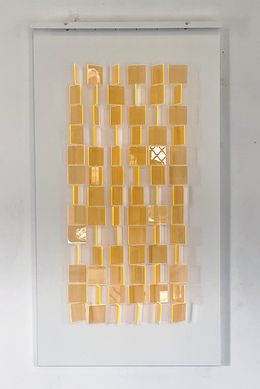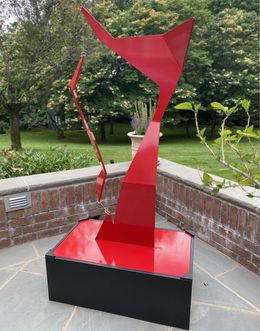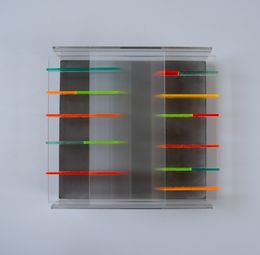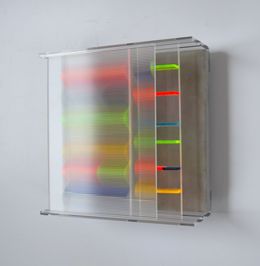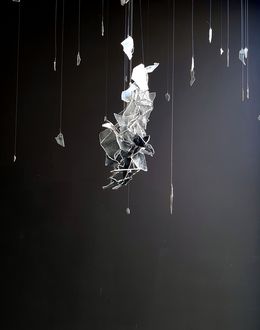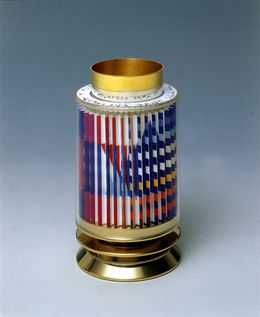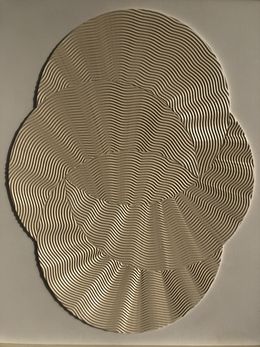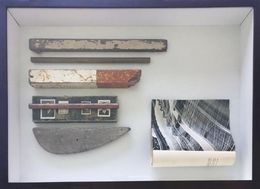
Kinetic Sculpture
Kinetic sculpture is part of the kinetic art movement. This involves the creation of art in which one or more parts are or appear to be in motion. An external influence, such as wind, water, the push of a hand, a motor or the movement of the viewer render the sculptures mobile. Marcel Duchamp gave the name "mobile" to sculptures made of light materials, such as metal wires, which moved with the wind, or sometimes with a motor. The main and most famous creator of art in motion is undoubtedly Alexander Calder, although the first kinetic sculptures only appeared in the 1910s.
Marcel Duchamp is one of the pioneers of kinetic art, notably for his 1913 work, Bicycle Wheel, which was one of the first ready-made works, as well as one of the first kinetic sculptures. Kinetic sculptures reached their peak in the 1950s and 1960s with artists such as Alexander Calder and Jean Tinguely. It was also at this time that the term “kinetic art" began to be used in reference to these types of artworks.
However, each kinetic artwork and the intention behind it differs according to which movement the artists belong to. The Futurists aimed to create sculptures that were as fast as possible, while the Pointillists wanted to question reality and challenge the customs of the past. The Cubists and Orphists, on the other hand, found particular interest in the possibility of creating and mixing several realities simultaneously within one artwork. It was the constructivists, however, who adopted kinetic art in its entirety and used it as a medium. For them, it defined modernity in art, and due to their popularization of it, kinetic art was exported across the globe from the Bauhaus school in Germany to the United States.
Whatever your reasons are for waiting, don't hesitate any longer - pick up a kinetic sculpture from our selection!
Save your search and find it in your favorites
Save your search to find it quickly
Saved search
Your search is accessible from the favorites tab > My favorite searches
Unsaved search
A problem occurred
